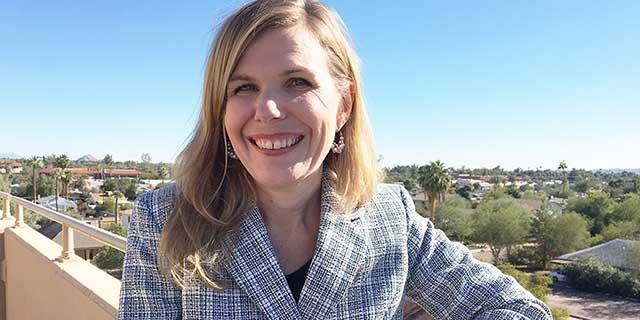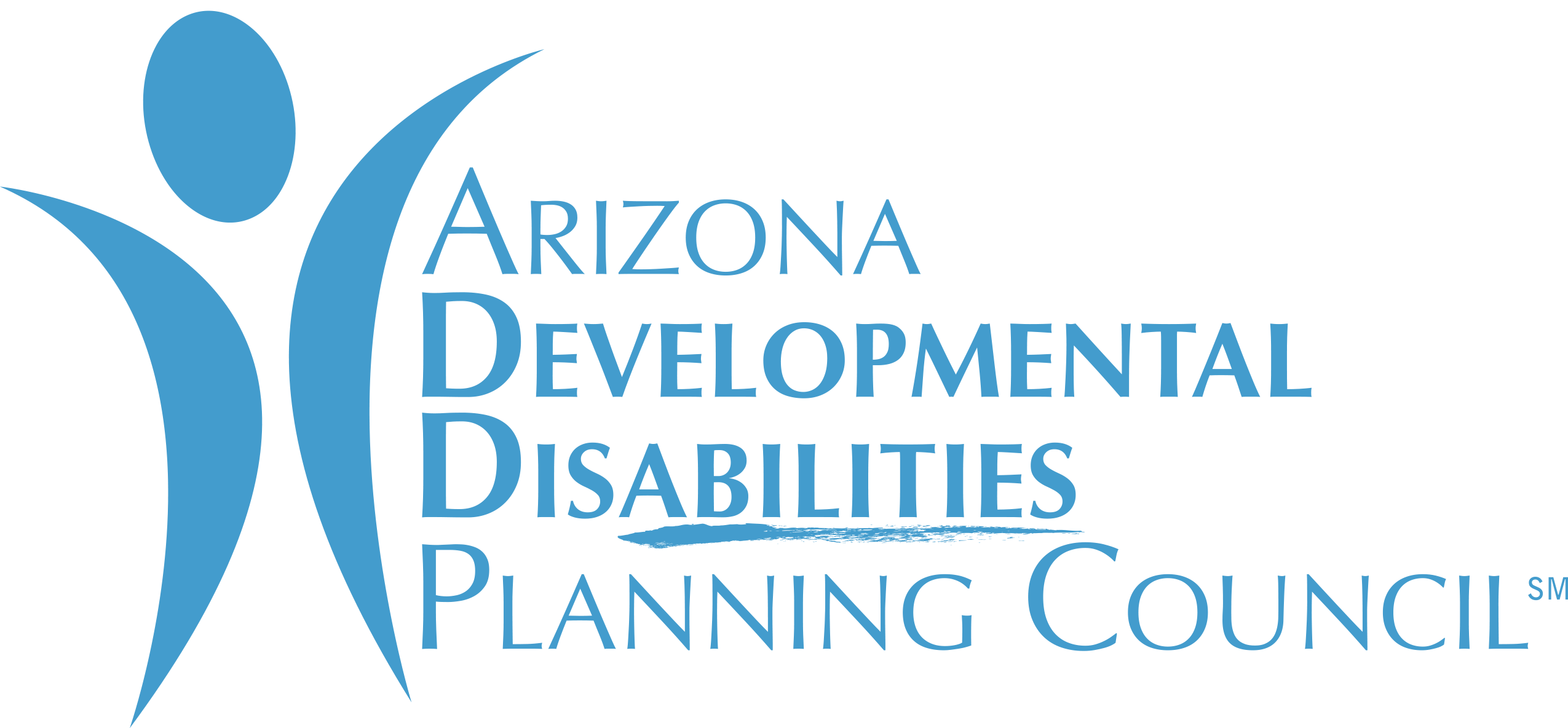Can we trust statistics in a post-truth era?

by Erica McFadden, Executive Director
post-truth /ˌpəʊs(t)ˈtruːθ/
adj: Relating to or denoting circumstances in which objective facts are less influential in shaping public opinion than appeals to emotion and personal belief
--
In the last two weeks, media outlets have covered post-truth, alternative facts, and fake news like a newly discovered phenomenon. Actually, the concepts have been part of our public consciousness for some time—remember Stephen Colbert’s “truthiness,” circa 2005?
All the coverage prompts a deep question: Can a handful of facts always tell the whole story?
In my experience, the disability community continues to fight narratives of “pitiful,” “incapable,” and “unable to contribute” in the workplace. Sometimes individuals are dubbed “inspirational” for doing everyday tasks such as getting out of bed.
These labels have impacted the individual self-worth and employment opportunities of Americans with disabilities. Many in the disability community struggle with the idea they can work AND keep their Social Security benefits and health insurance when they hear people say it’s not possible.
For example, in 1990 the employment rate of people with disabilities in the United States was 29 percent. In a recent 2016 report, it is 13 percent.
We have actually regressed.
In a post-truth society, even facts can hide reality. Seemingly clear data can be misleading.
Some local examples:
- WalletHub reported in 2016 that Scottsdale was the #2 city for employment of people with disabilities in the country. However, the data reported was only for one year with a large margin of error. It also did not include “those in the labor force,” which makes up the majority of people with disabilities relegated to workforce sidelines.
- The 2016 United Cerebral Palsy Case for Inclusion report ranks Arizona as #1 for community inclusion. In reality, the state is good at supporting people with intellectual/developmental disabilities in living with their families with Medicaid dollars – but not so much in getting people jobs or including them in the community outside of the family home. Guest blogger Rebecca Monteleone takes a deeper dive into the study.
- Ever since voters approved an increase in minimum wage under Proposition 206 last November, a handful of the 600-plus disability providers in Arizona have warned their doors might shut forever due to financial restraints. Yet there is no good data that highlights how many providers will truly be affected. Our own research here at the Council shows that some providers are paying well above the minimum wage and diversifying their funding base to retain quality workers, but it is unclear if this is the exception or the rule.
With incomplete, confusing, and misleading data that seemingly pushes one side over another, people rely on their gut and develop their own post-truths, harming the disability community in the process.
As a state, we need to do better.
We need to report the data we collect in a balanced way so we can learn from it – not omit the data that doesn’t support our view.
We need to share examples that turn disability inability stereotypes on their ugly heads.
We need to be more transparent and share data with each other to learn where we are now, what works, and what doesn’t.
At a time when discourse is the most uncivil, we need to promote respectful dialogue and allow those who oppose our views to speak freely. Only by listening can we understand where each of us is coming from, challenge false assumptions from all sides, and develop a collaborative strategy that will move us forward.
We can no longer let the facts speak for themselves.
As new executive director and a passionate researcher, I plan on continuing the tradition here at the Arizona Developmental Disabilities Planning Council of quality research, gathering reliable information and cultivating conversations in the community to boost opportunities for residents with developmental disabilities.
And that’s the real truth.






